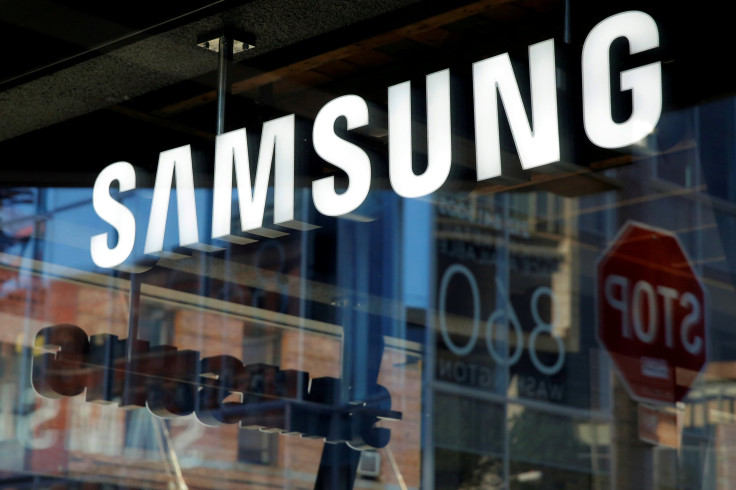Galaxy Note 8 Might Feature Super Fast Memory; Samsung's MRAM Offers 1,000 Times Faster Speed Than NANDflash

Samsung recently came out with the world’s first edge-to-edge display and a 10nm processor and is now in the process of designing magnetoresistant random access memory (MRAM) — a low-cost, high speed alternative to NANDflash memory generally used on smartphones, according to reports.
Read: Note 8 Phone Specs Hinted At In Concept Image
We might probably see the technology being features on the company’s upcoming flagship — the Galaxy Note 8 as the technology is being launched on May 24, while the device is expected to launch much later in the year. The feature could make the Note 8 stand out just like the edge-to-edge display makes the Samsung Galaxy S8 stand out.
The company claims that MRAM, since it is a non-volatile memory and uses a technology called spin torque transfer to read and write data, will work at a speed 1,000 times faster than NANDflash. It will also save battery since it will use less power than traditional memory when it is active and the doesn’t use any, when it is inactive, unlike NANDflash.
Samsung is currently facing some troubles in manufacturing MRAM, according to Phone Arena, as it is currently able to manufacture very low-capacity MRAM. But, the company is expected to get past these issues soon.
MRAM will first appear in lower-capacity internet-of-things (IoT) devices such as smart routers and smart speakers and then be used in smartphones.
Read: Is Samsung Galaxy S8 Battery The Same As Galaxy Note 7?
It will mark in evolution terms of smartphone technology as it is not as expensive as NANDflash, yet works a lot faster, has a better endurance for high-performance tasks and is more compatible with the company’s 10nm FinFET processor technology than existing processors. It might also support augmented reality and virtual reality applications better than current processor.
Once the technology is integrated into smartphones, it will make for faster, more power-efficient and more connected devices.
© Copyright IBTimes 2024. All rights reserved.











